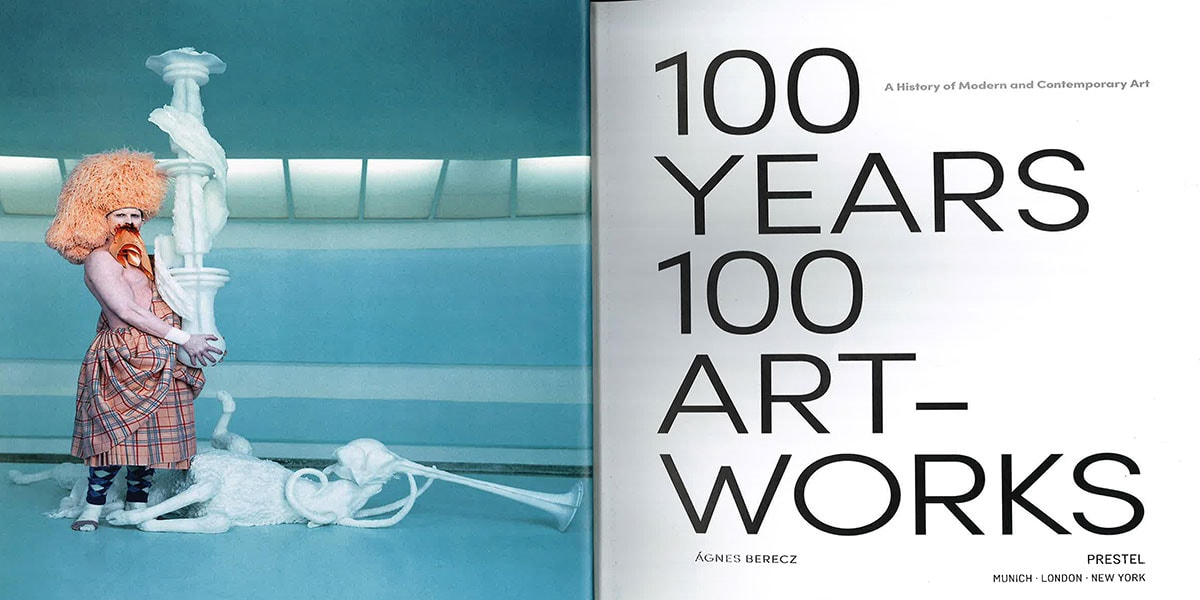Q. Your new book 100 Years, 100 Artworks: A History of Modern and Contemporary Art exposes how artistic ideas and practises were dissolved, reclaimed and initiated throughout the 20th Century. What is your favourite example of this breakthrough?
The book's last entry is a small, black, wall-mounted clay pouch holding an iPad that reads "She". It is by the Brazilian born New York-based artist Karin Schneider whose work I have long admired. The piece is a double act—it is Schneider's homage and satire, retake and cancellation of Ad Reinhardt's "black paintings" and the idioms of high modernist abstraction, and a rare example of an artwork that manages to perform all the above-mentioned acts at a single stroke.
Q. Starting with Marcel Duchamp's 1919 whimsical L.H.O.O.Q., you offer a year-by-year tour of iconic paintings, photographs, sculptures, installations, and performance pieces from all over the world. How did you decide which artworks should be featured in your book?
In some cases, choices were made with great difficulty and after long periods of consideration. In others, it was almost alarmingly easy to decide what to choose. Opting for Picasso's Guernica for 1937 is an example of the latter.
Q. Which artwork, in your opinion, is particularly outstanding this year and why?
The latest edition of the Singapore-based artist, Ho Tzu Nyen’s Critical Dictionary of Southeast Asia, an ongoing multimedia project he initiated in 2012 at Edouard Malingue Gallery in Hong Kong, was a formative experience. The show consisted of Ho Tzu Nyen’s moving image and audio dictionary of the region, a montage of sorts partially generated by an algorithm as well as of a series of objects and lenticular prints. The project is a richly cacophonic array of sights and sounds exploring the cultural and political histories and the colonial legacies of the region. It is a clever and fascinating meditation about geopolitical fictions and history.
Q. Inspired by the book, you will be leading the course 100 Years, 100 Artworks in New York. Why should students enrol on the course?
Like the book, but in a more layered and complex format, the course will be an unusual survey of the history of hundred years of art. I am hoping to convey why certain works are more important than others, or to paraphrase Gertrude Stein, to answer the question “what are masterpieces” and why we need them.
You can find more information including registration details here.

